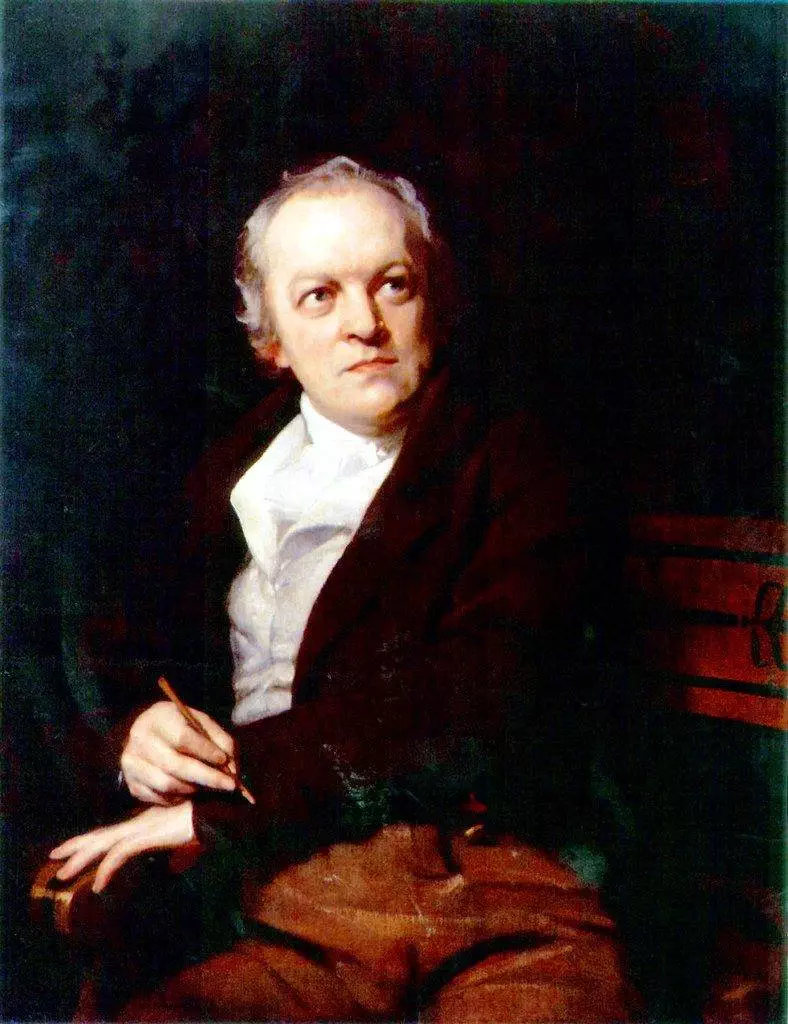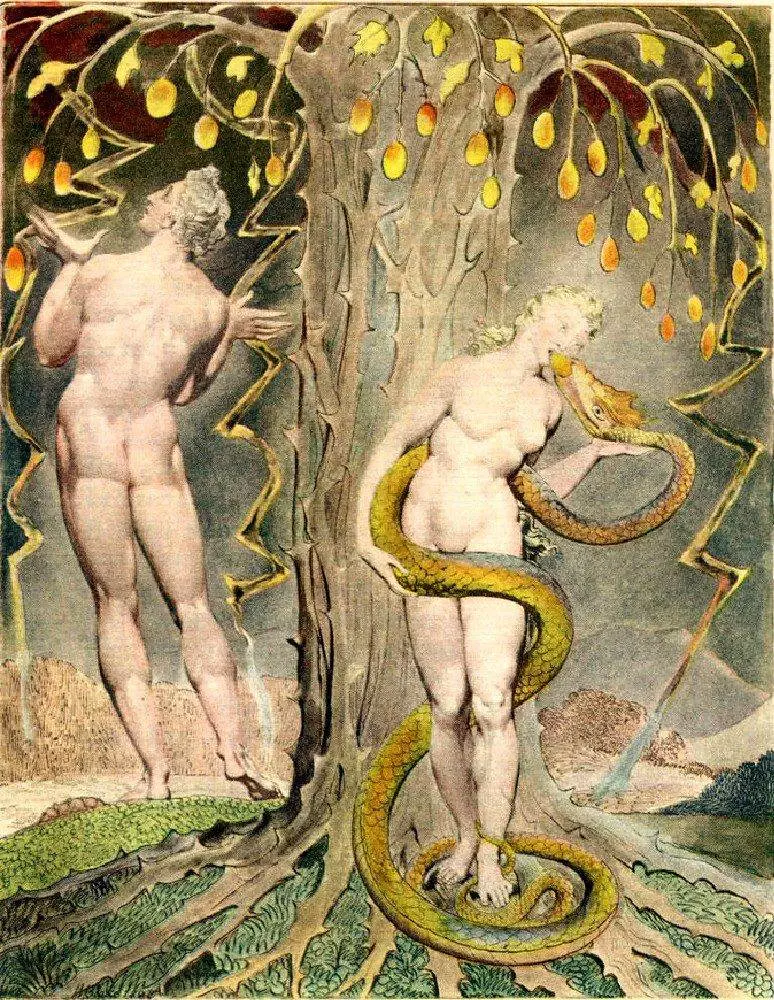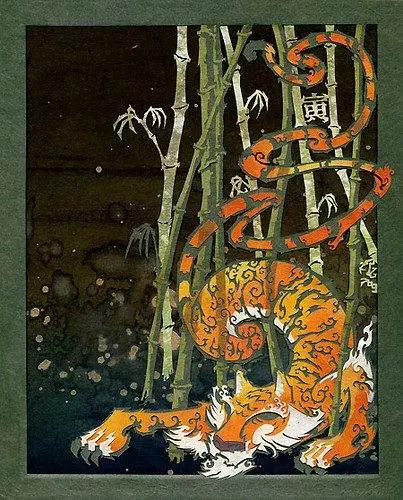William Blake, a seminal figure in the Romantic era, is renowned for his visionary and often controversial poetry. Born in 1757 in London, William Blake’s work is characterized by its mystical elements, radical ideas, and profound use of symbolism. His unique poetic style merges the philosophical with the mystical, presenting readers with layers of meaning through his symbolic language. Understanding Blake’s use of symbolism is crucial for literary analysis, especially for UGC NET aspirants aiming to grasp the complexities of Romantic poetry.
Table of Contents
Understanding Symbolism in Literature
Symbolism is a literary device where symbols, be they objects, characters, or events, are used to represent larger, more complex ideas. This technique allows poets to convey deeper meanings and themes without explicit exposition. Symbols can evoke emotions, create connections, and offer insights into the human experience, making them a powerful tool in literature. In the context of William Blake’s poetry, symbolism is employed to explore themes of innocence, experience, spirituality, and societal critique.
Major Symbols in Blake’s Poetry
The Lamb and The Tyger
One of the most striking examples of symbolism in William Blake’s work is found in his poems “The Lamb” and “The Tyger.” These poems, from his collections “Songs of Innocence” and “Songs of Experience,” respectively, present a profound contrast between innocence and experience.
In “The Lamb,” the lamb symbolizes innocence, purity, and the gentle aspects of creation. The poem’s pastoral imagery and simple language reflect a child’s perspective, emphasizing themes of divinity and nurturing love. The lamb is not only a literal animal but also a symbol of Jesus Christ, often referred to as the “Lamb of God” in Christian theology.

Conversely, “The Tyger” symbolizes experience, ferocity, and the darker aspects of creation. The poem’s rhythmic intensity and probing questions reflect a more mature and complex worldview. The tiger represents the fierce and sometimes destructive forces of nature, raising questions about the nature of the creator who could make such a terrifying and beautiful creature. Together, these symbols explore the dichotomy of innocence and experience, highlighting William Blake’s belief in the coexistence of these opposing states.
The Divine Image and Human Form
William Blake often used human figures and divine imagery to explore concepts of spirituality and morality. In “The Divine Image,” from “Songs of Innocence,” human virtues such as Mercy, Pity, Peace, and Love are personified and presented as reflections of the divine. These virtues are symbols of humanity’s potential for goodness and its connection to the divine.
In contrast, “The Human Abstract,” from “Songs of Experience,” presents a more cynical view. The poem suggests that human virtues can also be born out of selfishness and suffering. For instance, Mercy is said to be the product of human misery. This duality of human nature is central to Blake’s symbolism, portraying the complexity of human morality and the interplay between divine and human qualities.
Read this too: Formalism and New Criticism: UGC NET 2024
Nature and the Urban Landscape
Blake’s poetry frequently contrasts the purity of nature with the corruption of the urban landscape. Nature, in Blake’s work, is often a symbol of spiritual purity and divine creation. In poems like “The Echoing Green,” natural settings evoke a sense of harmony and innocence.

On the other hand, the urban landscape represents industrialization, corruption, and moral decay. In “London,” from “Songs of Experience,” the city is depicted as a place of suffering and oppression, with its “chartered streets” and “mind-forged manacles.” The stark contrast between these symbols reflects Blake’s critique of industrial society and his longing for a return to a more natural and spiritually attuned way of life.
Symbolism and Mysticism in William Blake’s Work
Blake’s use of symbolism is deeply intertwined with his mystical vision. His works are filled with references to visionary experiences and spiritual insights. In “The Marriage of Heaven and Hell,” Blake uses rich symbolic language to explore the coexistence of good and evil, heaven and hell. The work’s complex symbolism reflects William Blake’s belief in the necessity of both positive and negative forces in achieving spiritual enlightenment.

Similarly, in “Jerusalem,” Blake employs intricate symbols to depict a spiritual journey towards redemption and enlightenment. The city of Jerusalem itself is a symbol of an idealized spiritual state, a place of ultimate peace and divine presence.
Philosophical Ideas Conveyed Through Symbolism
Blake’s symbols often serve to articulate his philosophical ideas. His views on religion, for instance, are conveyed through symbols that critique organized religion and promote a personal, mystical relationship with the divine. In “The Garden of Love,” the chapel symbolizes the restrictive and oppressive nature of institutional religion, contrasting with the freedom and openness of the garden.
Blake’s social critiques are also evident in his symbolic language. The “chimney sweeper” in his poems represents the exploitation and suffering of child laborers, while the “dark Satanic mills” in “Jerusalem” symbolize the dehumanizing effects of industrialization. Through these symbols, Blake presents a powerful critique of societal injustices and advocates for a more compassionate and spiritually aware world.
The Impact of Blake’s Symbolism on Literary Analysis
Understanding and analyzing the symbolism in Blake’s poetry is essential for a deeper appreciation of his work. For UGC NET aspirants, recognizing the significance of these symbols can enhance their literary analysis skills and provide a richer understanding of Blake’s themes and ideas. Techniques such as close reading, contextual analysis, and thematic exploration are crucial for unpacking the layers of meaning in Blake’s symbols.
Conclusion
William Blake’s use of symbolism is a cornerstone of his poetic expression, allowing him to convey complex mystical, philosophical, and social ideas. From the innocence of the lamb to the ferocity of the tiger, Blake’s symbols offer profound insights into the human condition and the spiritual realm. By understanding and analyzing these symbols, readers can gain a deeper appreciation of Blake’s visionary work and the enduring power of his poetry. For UGC NET aspirants, mastering the art of symbol analysis in William Blake’s poetry is an invaluable skill, enhancing their ability to interpret and engage with literary texts on a deeper level.



1 Comment
Pingback: “The Tiger and the Deer” by Sri Aurobindo: A Comprehensive Line by Line Explanation